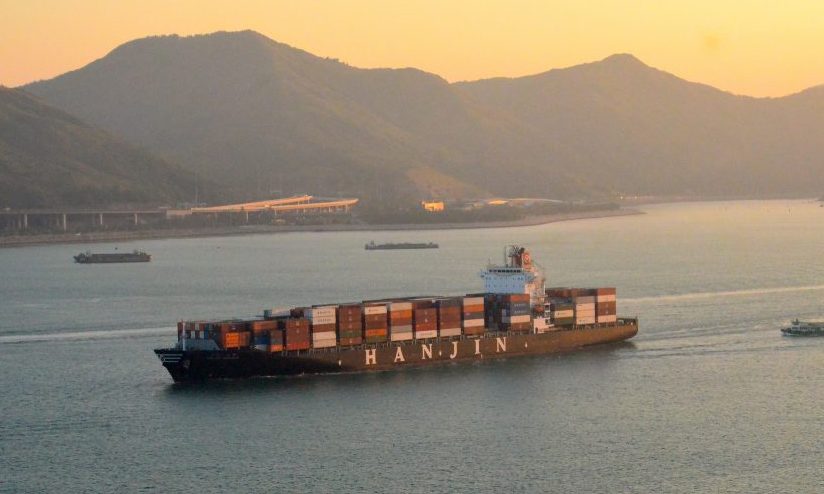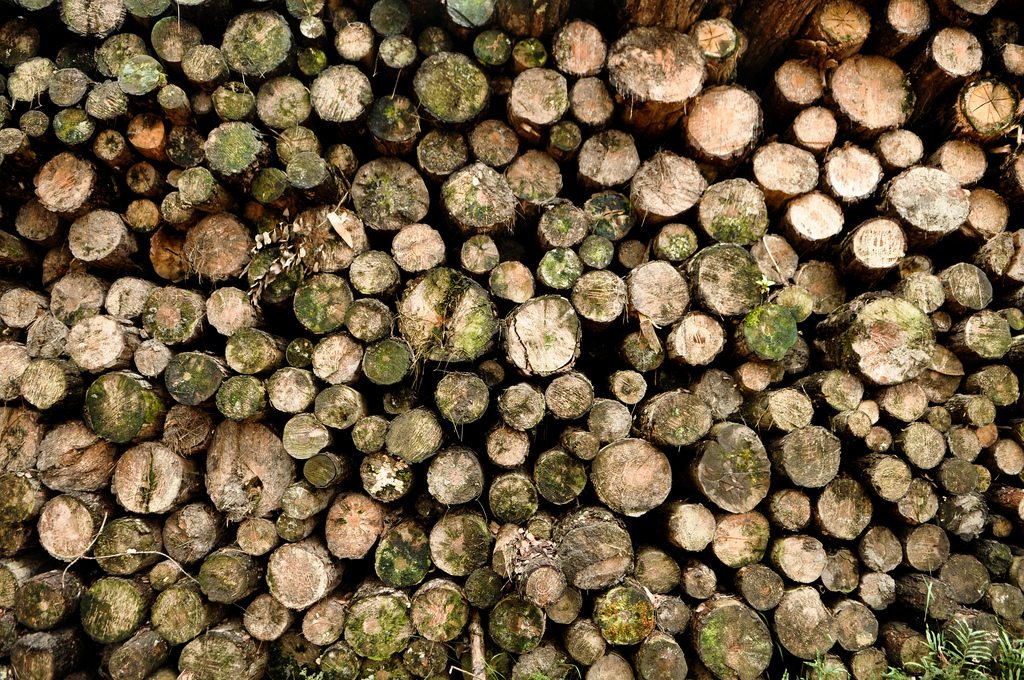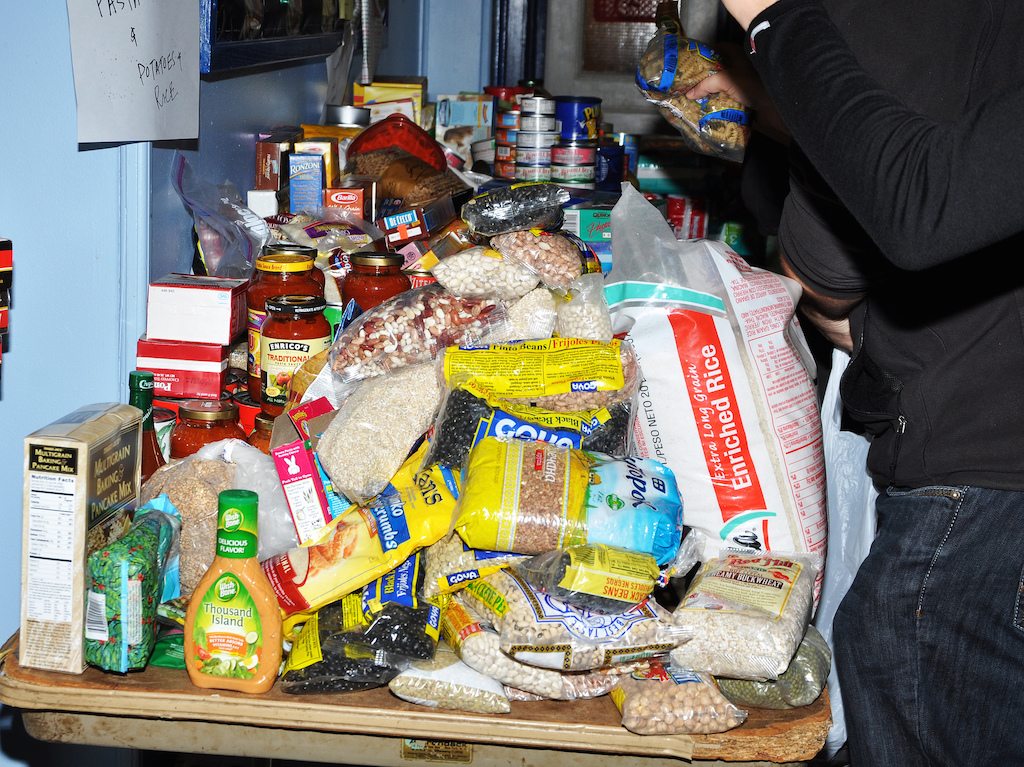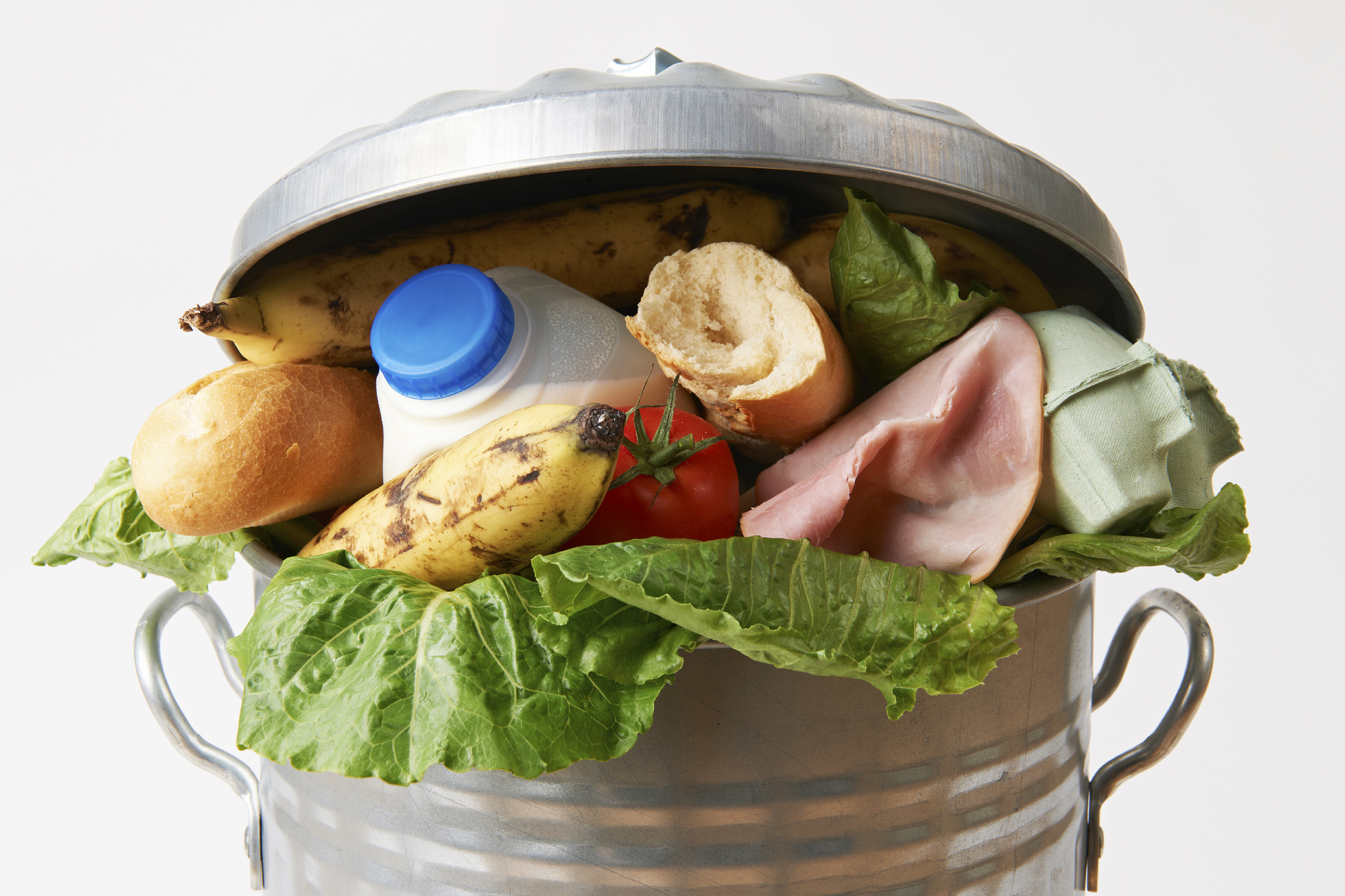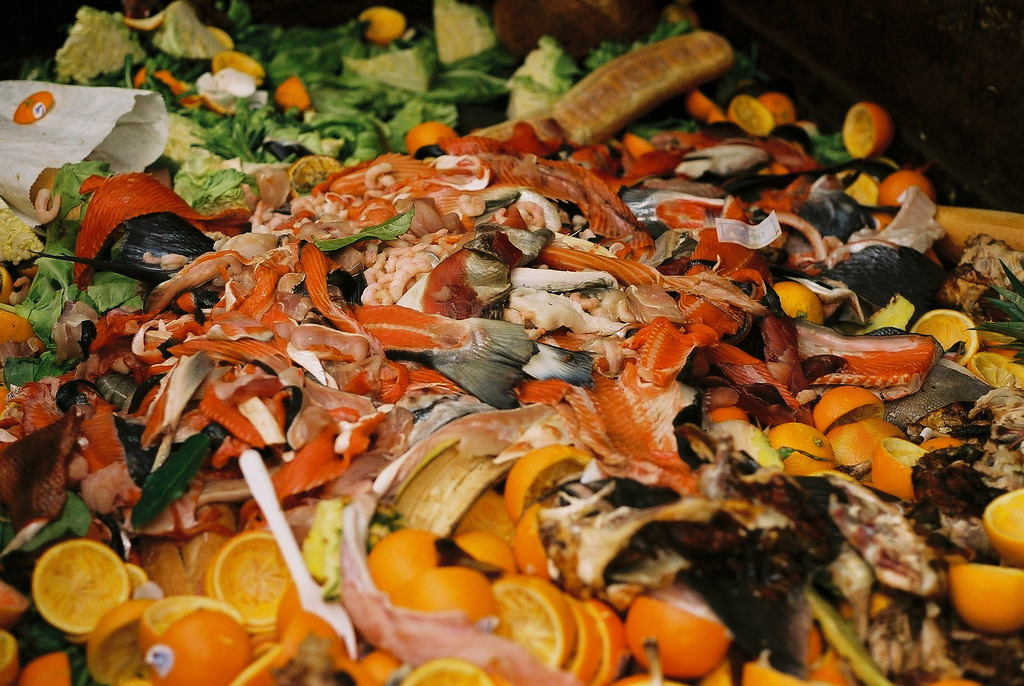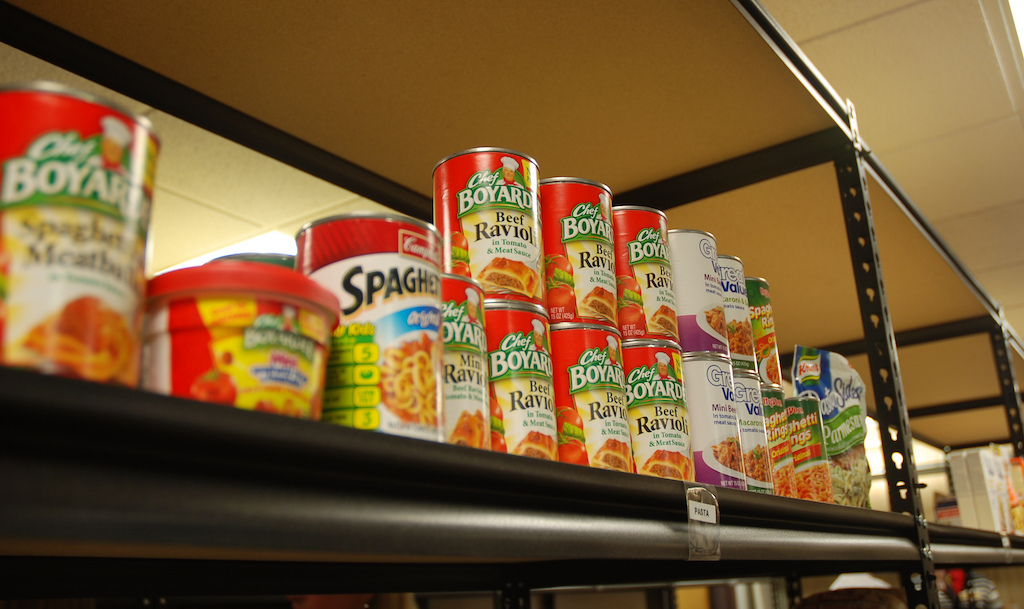It’s tough to write about a shipping crisis without employing a batch of clichés: “Sea of controversy!” “Ship of fools!” and the like. But truly: When a giant shipping company goes bankrupt, as Hanjin (South Korea’s largest container shipper and the world’s sixth biggest agricultural export handler) did two weeks ago, you’d think it’d have tried to assure its ships weren’t … well, put out to sea … when it filed.
But they were–more than 100 of them, according to Reuters–and carrying $14 billion worth of cargo. Somehow, though, in the midst of what could prove to be a brutal freight bottleneck for American businesses, the food industry might have gotten lucky, in a strange sort of way: shipping rates remain low for now (at least for the big ag companies), and reports of perishables stuck at sea have yet to float to the surface.
Given the precarious situation in the maritime industry overall, though, it’s not certain that the food industry’s (relatively) lucky streak will continue. The next crisis, if there is one, could be much worse.
“We ship perishable, seasonal products,” says Kenneth Gilliland, director of international trade at the Western Growers Association, a California-based trade group representing produce farmers. Luckily, he says, the disruption has “not impacted” his members, at least that he’s heard about. “We’ve been fortunate so far.”
Still, shippers are nervous, not only about the current situation, but about the potential for more trouble. For now, Gilliland says, “everybody’s scrambling” to reschedule their Hanjin shipments with other carriers, which isn’t easy because everybody in every other industry is doing the same thing.
Take the almond business, which depends heavily on exports, particularly to Asia. About two-thirds of the crop, essentially all of it grown in California, is exported. “We surveyed our handlers to get a sense of the impact on their businesses, and understand that many almond exporters have been able to change carriers within a few days,” says Julie Adams, vice president of global technical and regulatory affairs for the Almond Board of California.
That’s in part, Adams says, because “the almond industry is diversified in terms of shipping carriers. Several industry members have stated that less than 10 percent of their cargo is shipped with Hanjin.” But, she adds, “we do not have any figures on how many almond consignments” might be stuck on the ocean. The California almond crop represents more than $6 billion in annual sales.
One big source of anxiety, Adams points out: “There are many unknowns in terms of Hanjin’s procedures, how to deal with consignments on ships that have not docked, anticipated court proceedings, etc.”
But schedules and unknowns are just two of the problems besetting shippers across the food industry. “Currently, our members are having difficulties getting cargo back in their possession, and with returning their empty containers,” says Abigail Struxness, program manager for the Agriculture Transportation Coalition, which represents agriculture exporters in the United States. “Many fear that they will be unfairly charged detention and demurrage per diems, much like what occurred during the 2014-2015 West Coast meltdown.”
That meltdown, the result of labor strife, still haunts the West Coast shipping industry. “Everybody is a little gun-shy,” Gilliland says. “There is always the potential for more problems.”
And then there are the potential rate hikes. “Luckily, we didn’t have anything on the water with Hanjin,” says Lexi Crawford, business manager of Gold Dust Potato Processors in Oregon. “If this had happened in the middle of winter, it would have been a different story.” Gold Dust ships about 30 percent of the crop it handles each year to the Pacific Rim, amounting to about 800 containers loaded with spuds.
Thanks to Gold Dust’s size, Crawford says, “ocean carriers are lining up for our business” to take over shipments formerly handled by Hanjin. “They’ve come after us pretty hard.” In the longer term, she worries that further consolidation in the maritime industry as a result of the crisis could spike shipping rates. Although for now “rates are as low as they were 20 years ago.”
Those low rates are the result of simple oversupply. There are far too many container ships on the ocean, and global trade has been soft since the last recession. Oversupply is the underlying reason for Hanjin’s bankruptcy, too. And the resulting attempt by its creditors to seize Hanjin vessels have left ships, stocked with not only containers, but also crew, floating in the ocean, their fates uncertain.
An influx of business might be small comfort to the shippers currently shouldering all the chaos, but those in the food and agriculture industry know it’s better than the alternative. “We’ve been lucky,” Gilliland says. “But any time there’s disruption like this, you get nervous.”
